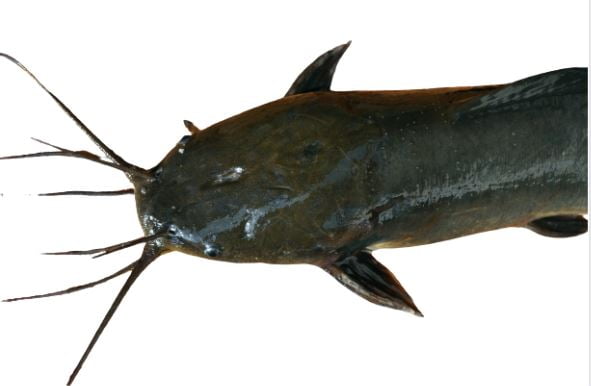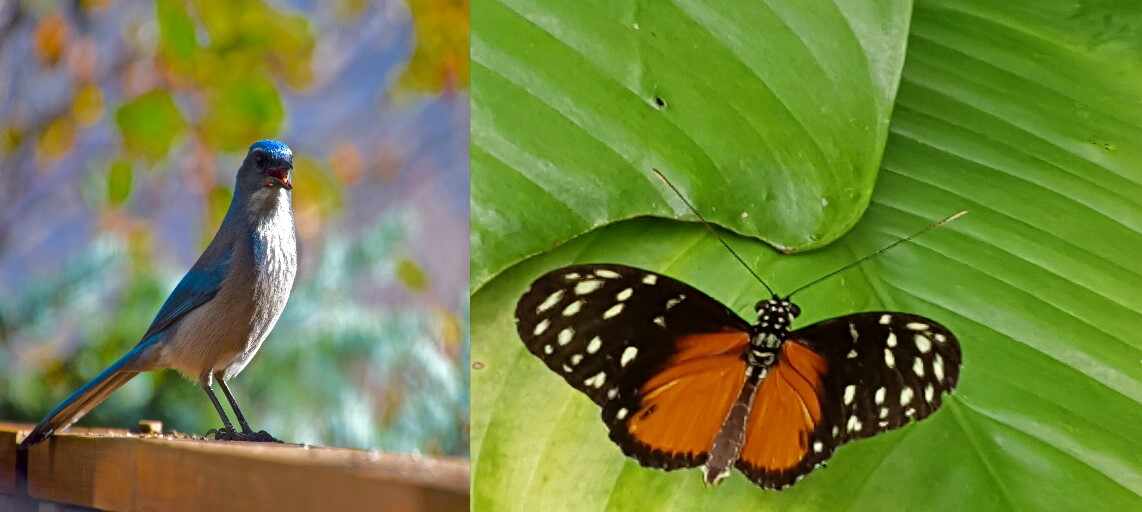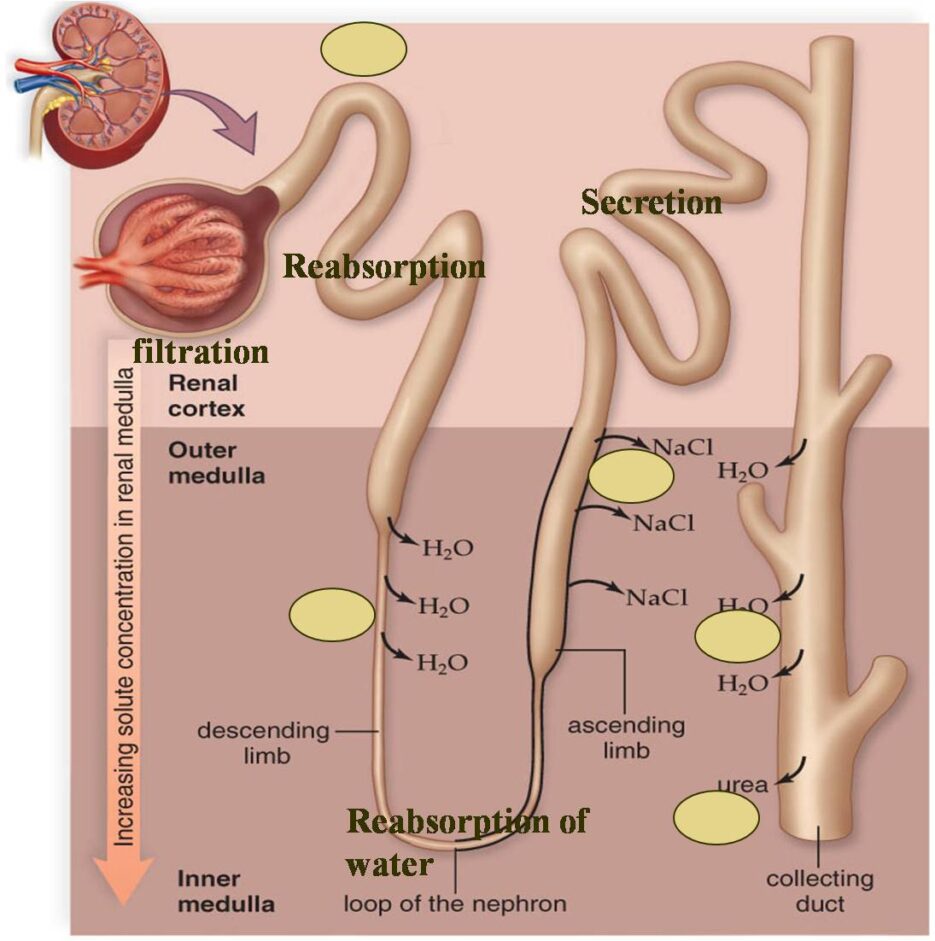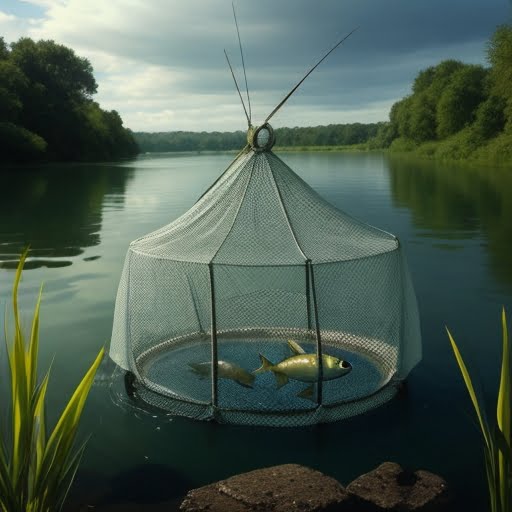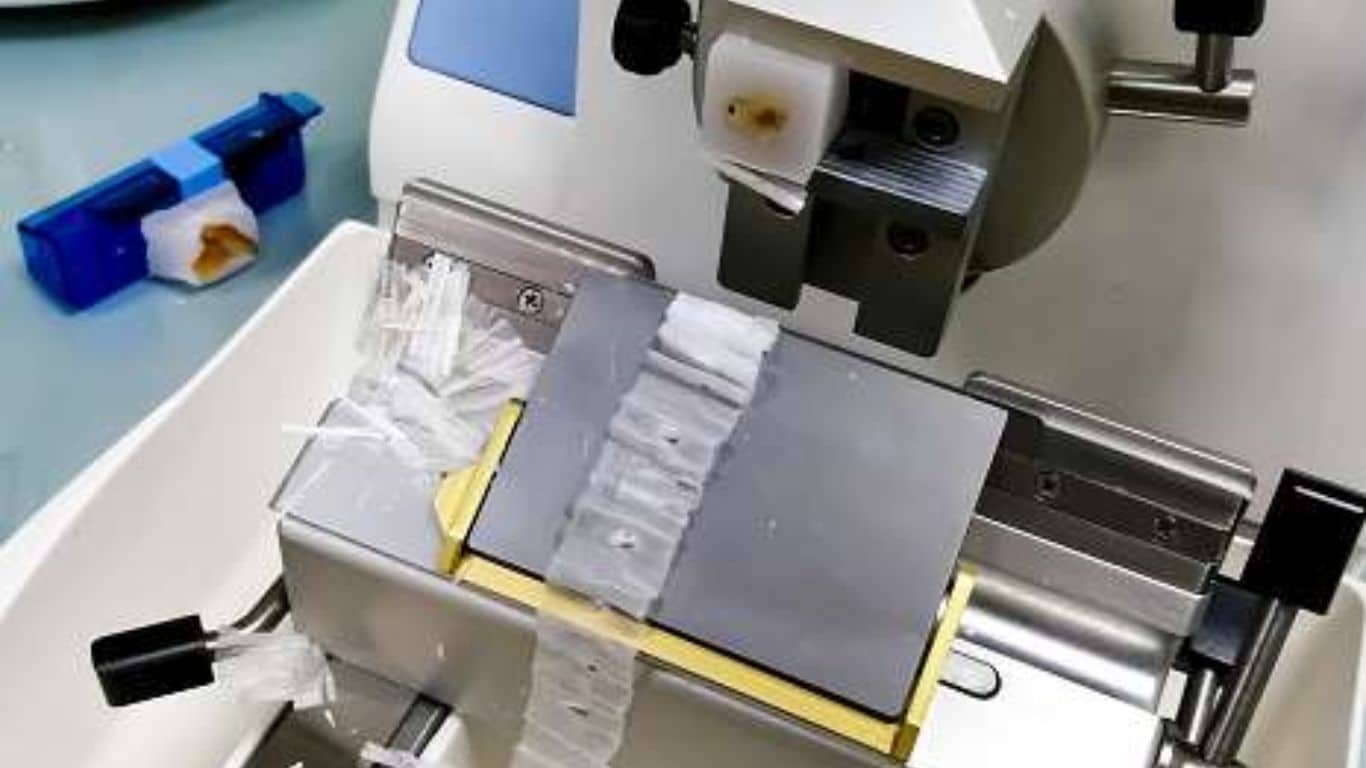Fish Pond Productivity: Responsible Factors and Management

Fish Pond Productivity: Fish farming is an essential aspect of aquaculture, providing a sustainable source of protein for human consumption. To ensure a successful and thriving fish pond, it is crucial to understand the factors influencing productivity and implement effective management practices. Fish Pond Productivity Factors Responsible Fish pond productivity refers to the ability of…
Read More “Fish Pond Productivity: Responsible Factors and Management” »

